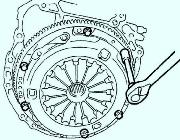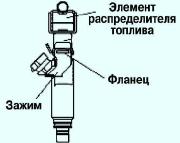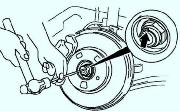- Mazda 3 Rear Suspension
- Mazda 3 car mirrors
- DSC UNIT Mazda 3
- Replacement of CV joints Mazda 3
- Front fender replacement in Mazda 3
- Mazda 3 cylinder head repair
- Mazda 3 car doors
- Oil Valve Replacement (OCV) (L3) Mazda 3
- Mazda 3 bumper replacement
- Mazda 3 stabilization systems
- Mazda 3 Coolant Replacement
- Mazda 3 Clutch Master Cylinder Replacement
- Mazda 3 engine start
- Mazda 3 Gearshift Replacement
- Removal and installation of the pallet Mazda 3












